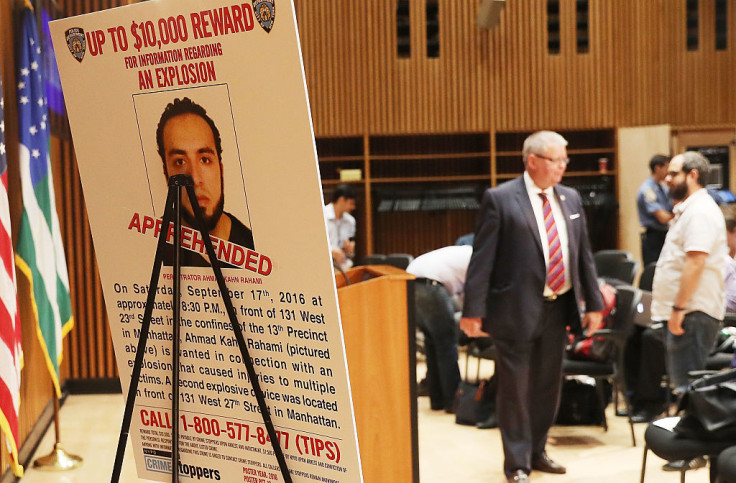Electronic 'wanted' poster used for first time in US to catch New York bombing suspect
Millions of people were notified on their cellphones about Rahami.

Authorities in the US used the Wireless Emergency Alerts system to circulate an electronic wanted poster for a terror suspect. The emergency service that sends alerts on cellphones of millions of people and is generally used for weather warnings or to trace abducted children was used to notify the public about New York bombing suspect Ahmad Khan Rahami who has now been arrested.
"WANTED: Ahmad Khan Rahami, 28-yr-old male. See media for pic. Call 9-1-1 if seen," read the message on scores of cellphones.
The system has been earlier used in events of chaos or upcoming danger. For example it was used after the Boston bombing in 2013 and at Los Angeles during an active shooter scare at the airport. However, in both cases people were only cautioned about their safety and told to shelter-in-place or given safety updates.
The "wanted" alert used after the New York bombing, with a specific name and picture is believed to be the first such alert of its kind, which seems to have paid off as the suspect Rahami was captured by the next morning.
"This is a tool we will use again in the future," said Mayor Bill de Blasio. "No more wanted posters on the precinct house wall. This is a modern approach that really engaged a whole community."
In times of emergency US authorities have devised three broad types of alerts
- Emergency alerts for storms and other threats to public safety
- Amber Alerts that seek to enlist people in the search for an abducted child
- Emergency order issued by the president
Cellphone users can also opt to block these alerts barring the one from the president, which has not been used until now. The latest alert belonging to the first category has been appreciated by most but has also raised concerns among some who say this leads to racial profiling.
"It was very troublesome," Bandana Kar, a professor of geography at the University of Southern Mississippi told the New York Times. "The alert was very unspecific and open-ended. By encouraging people to go to the media to look at a picture, what if someone had identified the wrong person?"
Shuja Haider's a resident of Bushwick section of Brooklyn, also pointed out the pitfall of this system saying, "Today, brown guys like me are walking around worrying about the threat of terrorism like everyone else. But we're also worried about being blamed for it."
© Copyright IBTimes 2025. All rights reserved.





















